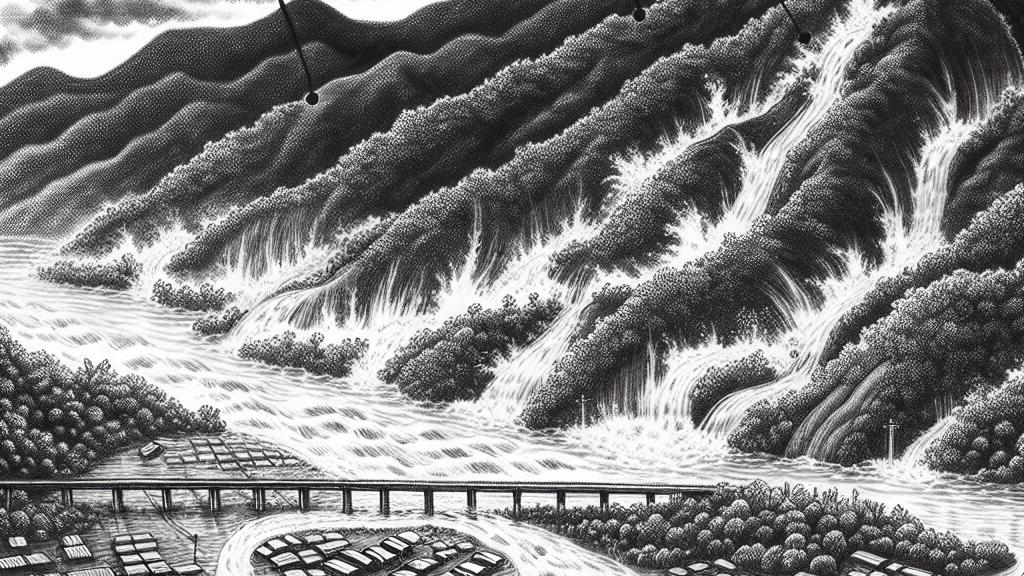Flood Crisis: Chiang Rai Drenched as Sai River Surges!
Overview
- Chiang Rai, Thailand, faces severe flooding due to heavy rains and overflow from the Sai River.
- Critical infrastructure, including markets and homes, has been significantly affected.
- Authorities report approximately 2,000 households displaced, highlighting the urgent need for assistance.

Location and Cause of Flooding
The flooding crisis currently gripping Chiang Rai, particularly in the Mae Sai district, stems from the Sai River overflowing its banks after heavy rainfall and substantial runoff from Myanmar's Shan State. This unfortunate series of events has resulted in the river flooding local border markets. The latest incident marks the fourth flood occurrence in a single year, showcasing an alarming trend and raising concerns over the region's vulnerability to extreme weather events. As these floods become more frequent, it is critical to analyze the interplay between local environmental conditions and cross-border influences contributing to this crisis.
Impacts on Communities and Local Economy
The consequences of the flooding have been devastating for local communities. Key areas such as the Sai Lom Joy market, vital for commerce, were submerged, with water levels reaching up to 1.5 meters. Local vendors struggled to recover their goods, with many shops left unserviceable. Approximately 2,000 households have been affected, leading to significant displacement and disruption of daily life. The economic implications are far-reaching, with local markets experiencing drastic losses. This situation underlines the bitter reality of how natural disasters can dismantle the foundations of community life and highlights the pressing need for effective emergency response and support systems to safeguard livelihoods.
A Broader Perspective on Flooding in Thailand
The flood in Chiang Rai is symptomatic of a much larger pattern observed across Thailand, where extreme weather has become increasingly prevalent in various regions, including Chiang Mai. Recent heavy monsoon rains have led to similar flooding scenarios throughout the nation, prompting serious concerns over climate resilience. The government and local authorities are facing significant challenges in terms of disaster preparedness and risk management. To combat this rising threat, it is crucial to invest in resilient infrastructure, enhance community awareness, and develop comprehensive disaster response strategies. Such measures will not only protect current lives and properties but also foster long-term stability and security for future generations, ensuring communities are better equipped to handle the challenges posed by natural disasters.

Loading...